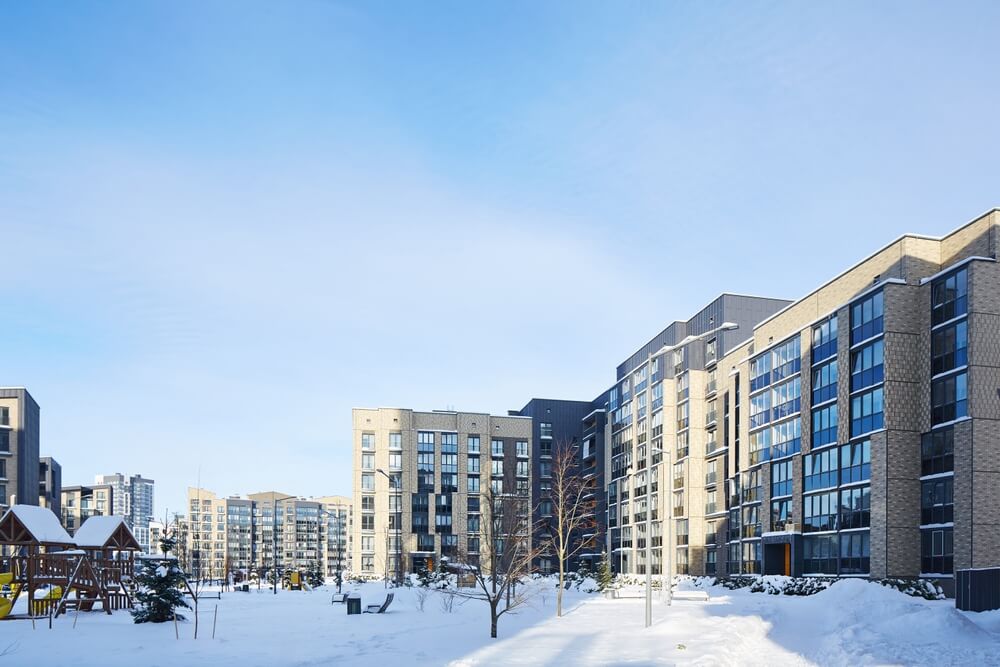Winterizing your outdoor space is more than just protecting it from the weather; it is also about preserving the vitality and beauty of your environment, ensuring that it emerges from the chilly embrace of winter undamaged and ready to thrive once again when spring arrives. This critical work requires meticulous attention to detail and a systematic approach that considers the specific needs of your plants, furnishings, and general outdoor environment.
So, where do you start with this endeavor? It all starts with a thorough inspection of your outside surroundings, a keen eye for nature’s subtle hints and the specific needs of each plant and feature in your landscape. From analyzing the health of your plants to evaluating the structural integrity of your outdoor furniture, each component requires careful study and decisive action. Neglecting the necessary steps to prepare your landscape for the long, cold months ahead may lead to not only superficial problems, but also costly repairs and replacements in the future. As a result, using the fall season to properly prepare your outside area is not only a wise move, but also an obligation.
Winterizing your outdoor space for winter is a chore that not many property owners enjoy doing. It can be a big task, but it’s essential to prep your landscaping for our long and cold winter months. Using the fall season to prepare your outdoor space gives it a better chance come spring and will help you avoid costly landscaping repairs. To help you navigate the process, we’ve gathered some expert tips from seasoned landscaping professionals.
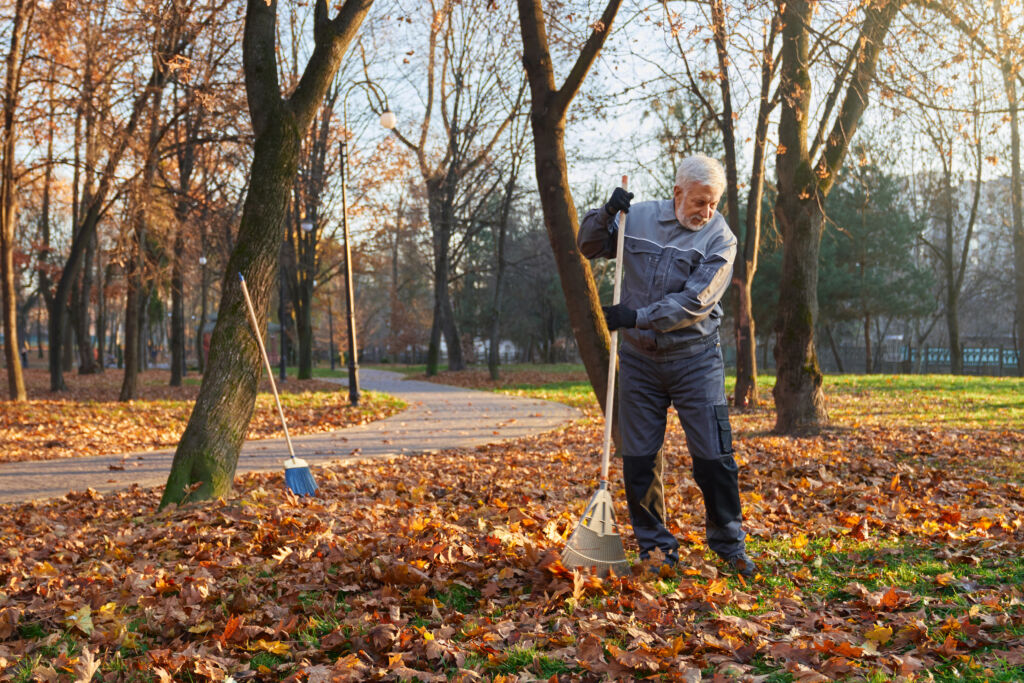
Clean Up
Winterizing your outdoor space is essential preparation before the snow falls, ensuring that the lawn is healthy and beautiful next spring. A crucial component of this preparation is comprehensive cleanup, with a focus on fallen leaves. While the autumnal leaves may provide a gorgeous view in September and October, leaving it scattered across your lawn might cause problems once the winter arrives.
Leaves left on the ground beneath the snow can form a barrier, blocking sunlight from reaching the grass below. This lack of sunshine restricts photosynthesis, limiting growth and possibly harming portions of your grass. Furthermore, the trapped moisture between the leaves and grass might promote fungal development, compromising the health of your lawn. To reduce these hazards and maintain the longevity of your grass, perform a complete cleansing before the start of winter.
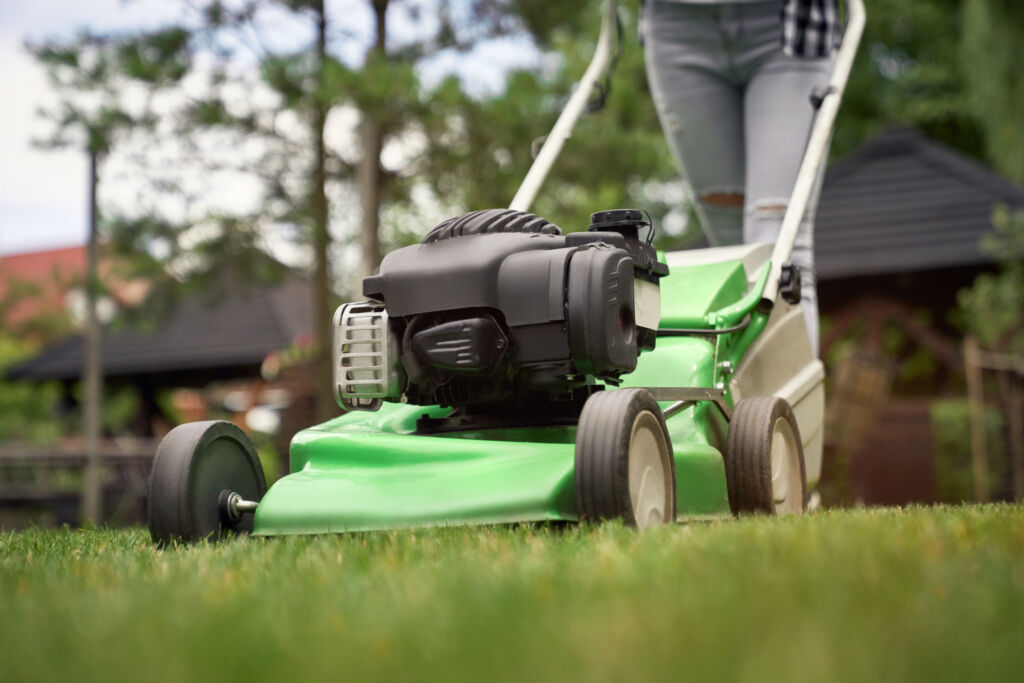
Aerate, Fertilize, and Prepare Your Lawn
Winterizing your outdoor area is essential to keeping your grass, trees, shrubs, and garden beds healthy and beautiful come spring. Although it may seem unusual to focus on landscaping before winter arrives, these preemptive approaches are critical for preserving your outside space from severe weather.
Aeration and fertilization are essential practices to do in the fall. The holes that aeration creates allow for more oxygen, nutrients and water to reach the roots of your grass. Feeding your lawn with a winter-specific fertilizer will help improve and increase the growth cycle of the grass, reduce the number of weeds, and protect against any environmental stress. In the case of a dry fall, you should continue to water until frost is about to come.
Even in the winter, caring for plants and trees continues. Fertilizing trees in the fall promotes root development and nutrient uptake. The healthier your trees and shrubs are, the better chance they have of surviving the winter.
Before the snow falls, putting compost to your lawn may provide a valuable supply of nutrients for your grass. It maintains soil temperatures steady during the winter months, makes weed eradication easier, and keeps your soil light and airy.
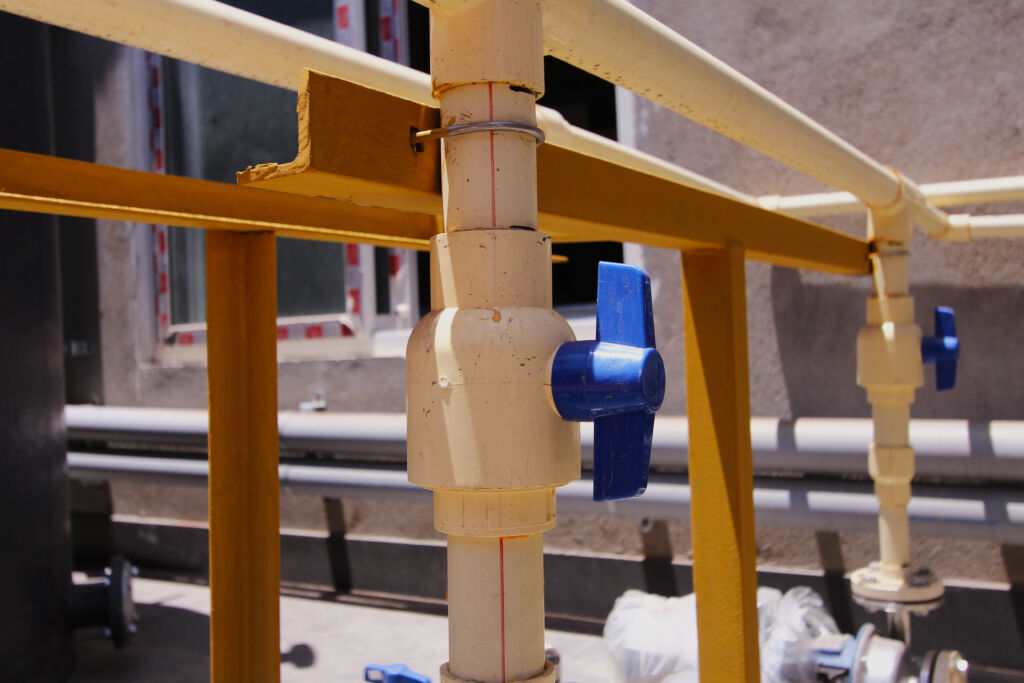
Winterizing Outdoor Plumbing
Winterizing outdoor plumbing is a crucial task for those who want to protect their property from potential damage caused by freezing temperatures. Whether you have a swimming pool, outdoor kitchen, water features, or a sprinkler system, taking proactive steps to prepare your outdoor plumbing for winter can save you from costly repairs down the line. A frozen or burst pipe can be an expensive fix, so winterizing your plumbing is crucial.
Flush out standing water, clean drains, disconnect hoses, and add winter-specific chemicals to your pool and water features that will remain operational or have water in them. Pay attention to any cracks or damage on these objects and have them fixed as soon as possible.
Proper maintenance and inspection of outdoor plumbing fittings may also assist identify possible problems before they become costly repairs. Paying attention to signs of deterioration, such as leaks or cracks, and correcting them as soon as possible might help avoid more serious problems in the future.
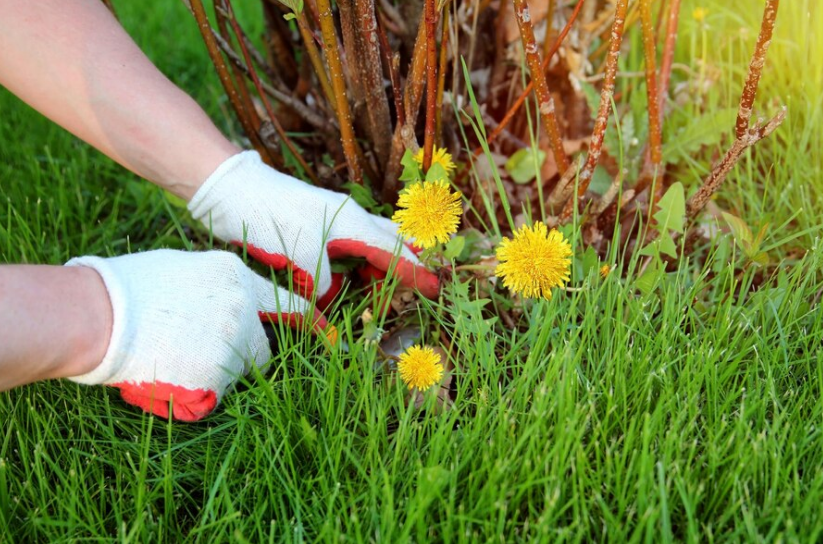
Maintaining Perennials and Remove Weeds
Part of regular landscaping is maintaining perennials and gardens and removing weeds. Prune perennials gently before winter, as removing too much can reduce the plants’ nutrient flow and damage them. Remove any broken or fallen branches, decaying branches and leaves, and clean up the area if needed.
Fall is an excellent time to cover spring-flowering plants to protect them from the cold. Any sensitive species should be transferred indoors to grow away from the cold.
Spray oil on vulnerable plants and trees before temperatures fall below 10℃ to protect them from pests. Do not spray them in temperatures below that.
Taking care of weeds in the fall is great, and it will save you a lot of time and effort in the spring. Weeds will compete with your blossoming plants for nutrition and resources, so remove them before they freeze.
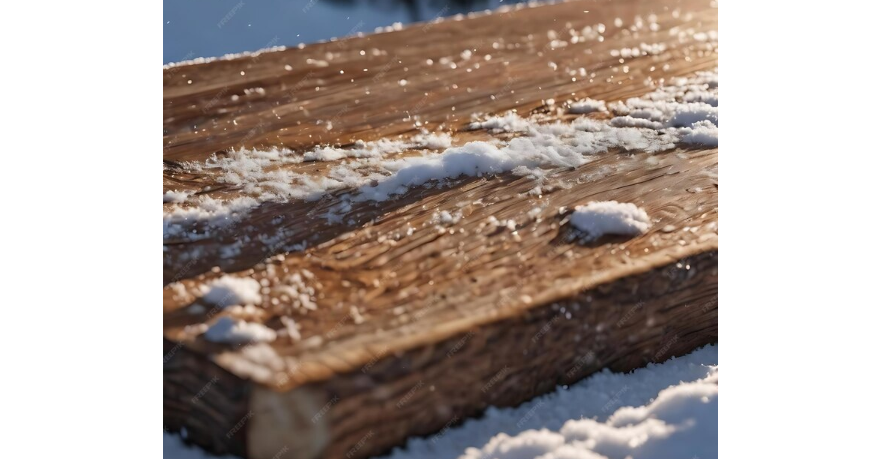
Protect Wood Structures
Wood structures, such as decks, fences, furniture, and planters, provide a natural and appealing feel to outdoor settings. However, they are vulnerable to deterioration, especially during the severe winter months, when moisture from snow and rain may cause damage on wood surfaces. Protecting these structures requires proactive measures to ensure their longevity and maintain their aesthetic appeal.
Many properties have wood structures, and winter is particularly tough on them due to the moisture in the snow. Remove any furniture, pots, or outdoor equipment from the wooden decks or buildings. Leaves and debris should be removed since they can harbor bacteria and cause wood to decay. After you’ve cleared and cleaned the wood, apply a water-tight sealer to assist prevent moisture buildup and swelling.
Regular maintenance is required to keep wooden structures in good condition throughout the winter. Inspect the wood on a regular basis for symptoms of deterioration or decay, such as cracks, splits, or discolouration, and fix any problems right once. From clearing and cleaning to sealing and upkeep, spending time and effort in wood protection pays off in the long term by keeping your outdoor areas appealing and pleasurable throughout the year.
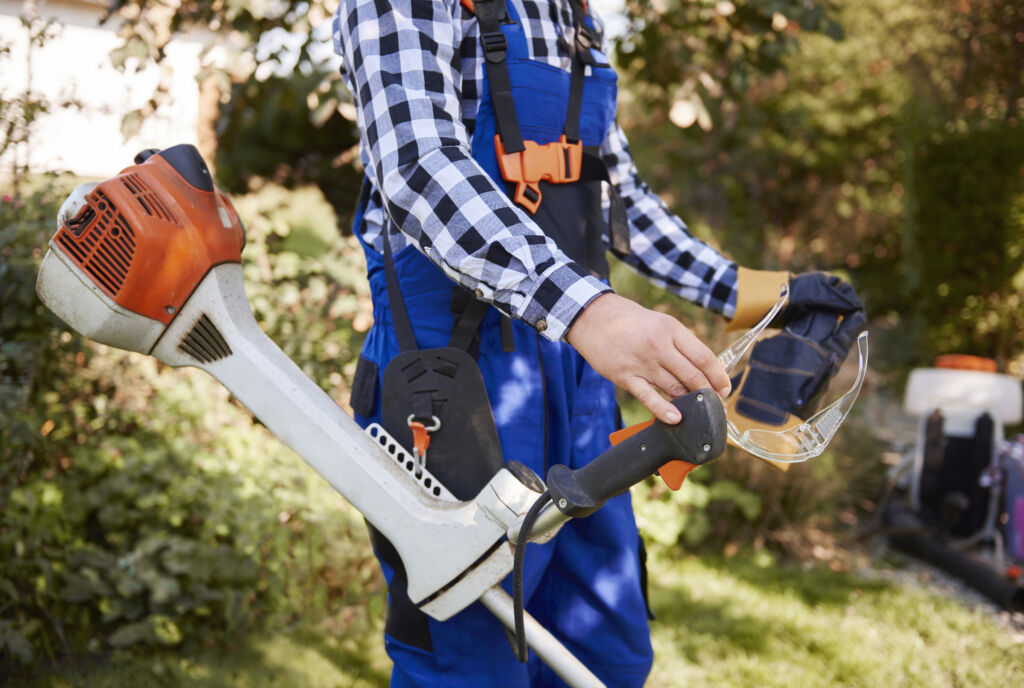
Hire a Professional
For all your landscaping needs, no matter the season, Summit Property Group can handle it all. Our solutions for your property are customized to your specific needs and will enhance your outdoor spaces. Our landscaping maintenance is accessible and responsive. We understand curb appeal and safety are paramount, and we are committed to our customers and the environment to provide the best landscaping services possible.
We offer:
- Cut and trim
- Aeration
- Hardscape & sod
- Fertilizer
- Power raking
- Litter control
- Lawn maintenance
- Weed control
- Certified Arborist
- Grading & loaming
- Seasonal clean-ups
Summit Property Group is here to help if you want a seasonal clean-up or ongoing landscaping maintenance. We understand the importance of maintaining and enhancing your outdoor space year-round. As a leading maintenance company, we offer a comprehensive range of services to meet all your needs.

At Summit Property Group, we pride ourselves on delivering unparalleled maintenance services that stand out as the very best in the industry.
CLICK HERE to book our services now!

